Re-thinking Hiring for Culture ‘Fit’: Is it Doing More Harm Than Good?

Re-thinking Hiring for Culture ‘Fit’: Is it Doing More Harm Than Good?
What Happens When You Hire for Culture ‘Fit’
Hiring for ‘culture fit’ is one of the most popular and exclusionary recruitment practices today. A study done by the Society of Human Resource Management indicated that 84% of recruiters use ‘culture fit’ as a key factor when hiring. We’ve all applied to a job or been in an interview where they talk about being the right ‘fit’ to be a team player. What we don’t know is what this ‘fit’ looks like, and how much of it is within our control. Hiring for ‘culture fit’ may seem like the easiest and best opportunity for your recruitment practices, but is this best for business?
When using this approach to recruitment and hiring we unknowingly encourage unconscious bias. Whether hiring based on a certain set of ‘must have’s’ or a ‘feeling’ you get during an interview, that are not connected to the skills needed for the job, you could be unintentionally screening out diversity. Statistically businesses in Canada are still predominantly led by men (78%), most without visible or disclosed disabilities. If hiring for sameness, this usually this means hiring for someone to fit this same description of their ideal employee, losing opportunities to hire the best candidates for the job.
Hiring for sameness or ‘fit’ means hiring for sameness of thought, as they say, ‘a group of ‘yes men’. Meaning you’ll hire a group that will just agree with each other without having any discourse or diverse thoughts. Hiring for people with the same education, background, abilities, etc. creates a very narrow view of the possibilities and no opportunities for self assessment, constructive discord, or contradictions to inspire growth or self-awareness.
Drive Innovation with Diverse Thought
Rather than making hiring decisions that promotes a homogenous familiar culture, let’s shift our focus and try hiring for “Culture add.” This means hiring a candidate for what unique attributes, values, beliefs, behaviors, and experiences they can bring to your company and add it’s culture. Bringing in new perspectives, skills, backgrounds, and experiences will create opportunities for your business. Drive innovation through constructive discourse and encourage a sustainable workforce, preventing stagnation and creating better business outcomes. An article in Forbes stated that diverse teams deliver 60% better results and are 87% better at making decisions. There are only positive outcomes by hiring diversity, but you must be able to support them to retain them.
Supporting a Diverse Workforce
As we mentioned above hiring a diverse workforce is essential for a sustainable workforce and business innovation and growth. However, you need to be able to support and retain diversity for it to be sustainable for long term success. By beginning every task, project, policy, practice, etc. with accessibility in mind will support employee needs and inclusion at all stages. Creating opportunities for equity at work supporting in employee retention and increasing employee engagement.
Understanding the employee experience when assessing the effectiveness of your workplace diversity and inclusion efforts is essential in identifying what’s working or potential gaps. Look for opportunities to gather feedback and connect with your employees. This can be done through various forms and done simultaneously on an ongoing basis. For example, you can connect with your employees one-on-one while also having quarterly employee satisfaction surveys to evaluate current efforts and where to improve. Creating opportunities to gather information to support your workplace diversity and inclusion efforts will encourage your success.
It’s important to challenge your perspectives and how you’re supporting workplace growth. A great way to cultivate a culture of understanding, is to create a culture of knowledge by accessing training and looking for opportunities to sharing knowledge. People are diverse and best practices are always evolving, staying up to date on new information will support employee and business growth. However, training and growth opportunities must happen at every level of employment for it to be effective.
Conclusion
Hiring for ‘culture add’ and not fit will support your sustainable workforce, business innovation and adaptability. Cultivating company culture that supports and encourages diversity must be willing to examine and implement change at every level. It’s not enough to attract diversity, you must be able to support their needs to retain an engaged workforce. Investigating opportunities to implement best practices, gather employee perspective and feedback, and look at opportunities to gain and share knowledge to increase
Meghan Murray
Business Consultant
Join Our Newsletter
Join the INNoVA family! The best way to keep in touch and be informed on our hiring process.



